In the construction industry, efficiency, maintenance, and safety are important. Discover how the integration of RPM monitoring and engine work hour tracking is changing fleet management. It is, optimizing efficiency, and ensuring the longevity of heavy machinery assets.
Introduction
Challenges
The construction company operates a diverse fleet of heavy equipment, including excavators, loaders, and bulldozers. They faced challenges in optimizing equipment efficiency, ensuring timely maintenance, and minimizing downtime due to unscheduled breakdowns. Lack of real-time insights into equipment usage and engine health makes it difficult for construction company to proactively address maintenance needs and streamline operations.
Challenges
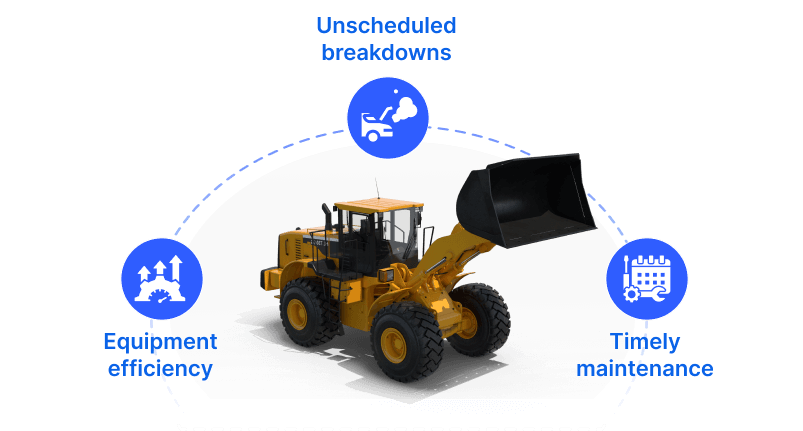
Solution
Real-time RPM Monitoring: The company integrates RPM monitoring devices into their fleet of heavy equipment. The devices collect real-time RPM data and transmit it to a centralized fleet management platform.
Equipment Utilization Analysis: Combining RPM data and engine work hour data allows fleet managers to analyze equipment utilization patterns. They can identify underutilized or overutilized equipment and optimize equipment allocation for maximum productivity.
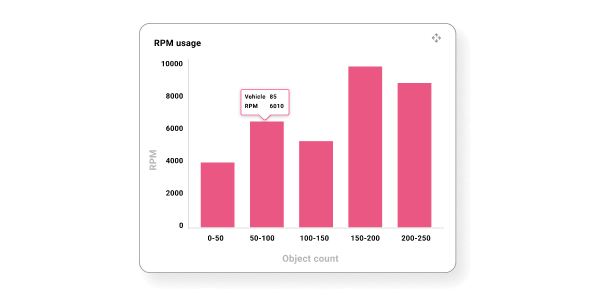
Engine Work Hour Tracking: Along with RPM monitoring, the fleet management system also tracks engine work hours for each piece of equipment. This provides a comprehensive view of equipment utilization and helps identify maintenance needs based on actual running hours.
Predictive Maintenance: By analyzing RPM data and engine work hours, the fleet management system predicts maintenance needs. Proactive maintenance alerts are generated, helping schedule servicing to prevent unplanned breakdowns and costly repairs.
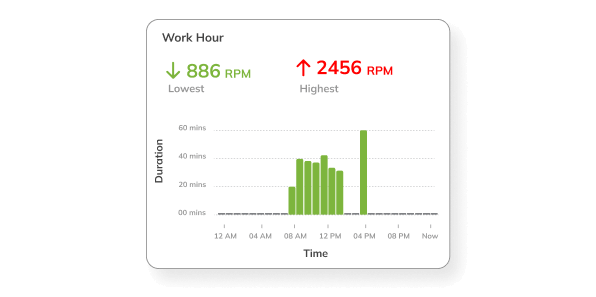
Customizable RPM Thresholds: Fleet managers set customizable RPM thresholds for each equipment type based on manufacturer recommendations and industry standards. Real-time alerts are configured to notify managers of any RPM deviations.
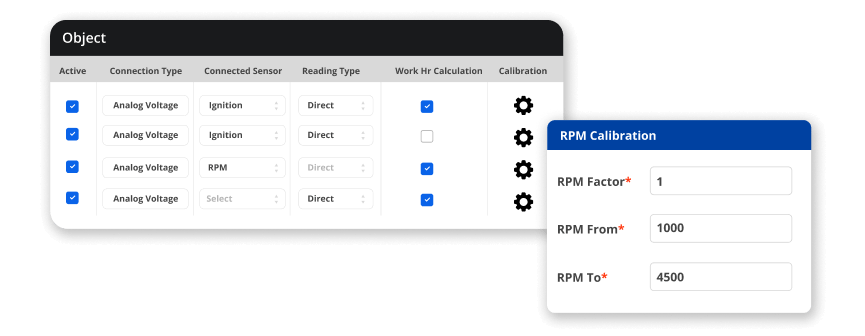
Comprehensive Reporting: The fleet management system generates reports that showcase RPM trends, engine work hours, maintenance history, and equipment utilization. These reports aid in data-driven decision-making for fleet optimization.
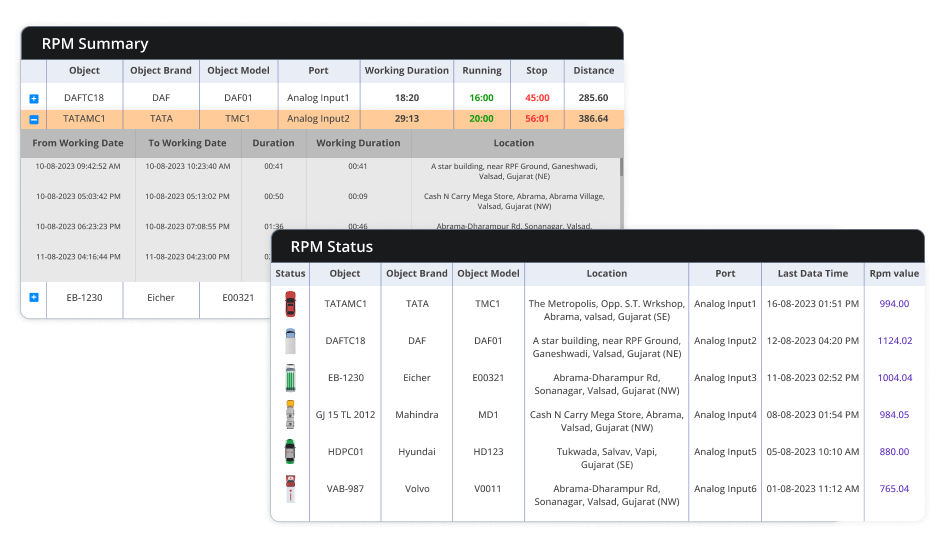
Results
Optimized Equipment Efficiency: RPM monitoring and engine work hour integration enable ABC Construction Company to optimize equipment efficiency. By maintaining RPM within optimal ranges and proactively addressing maintenance needs, they achieve improved fuel efficiency and reduced equipment wear.
Reduced Downtime and Costs: Predictive maintenance and optimized RPM usage lead to reduced equipment downtime and minimized maintenance costs. This contributes to increased operational efficiency and profitability.
Enhanced Equipment Lifespan: By monitoring RPM and engine work hours, Construction Company extended the lifespan of its heavy equipment. Proactive maintenance and responsible driving practices ensured the longevity of engines and other critical components.

